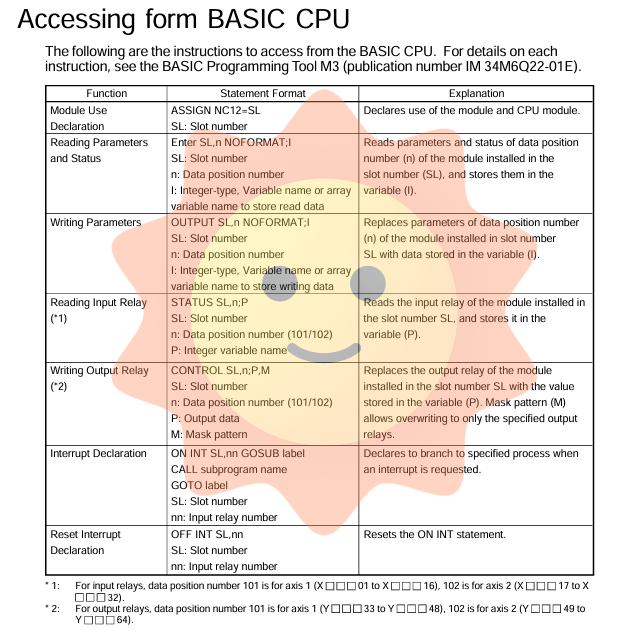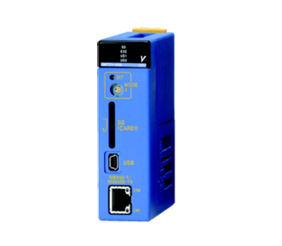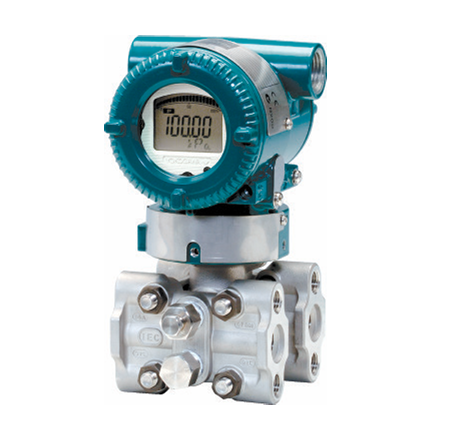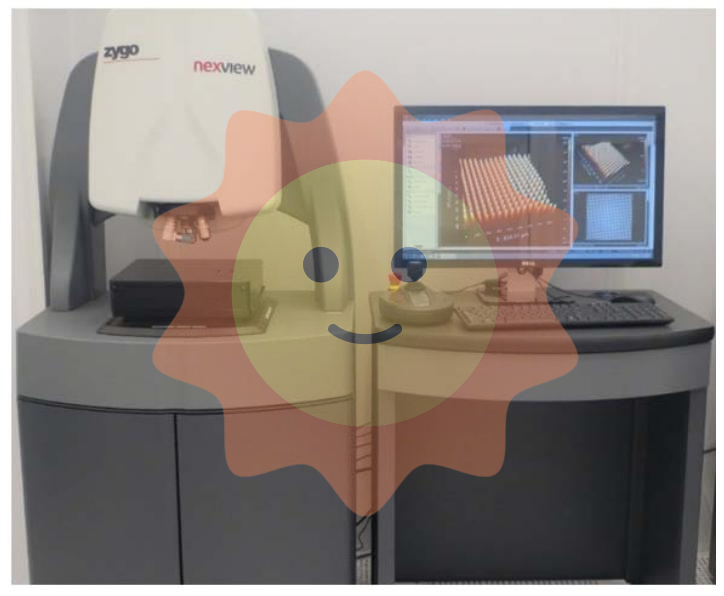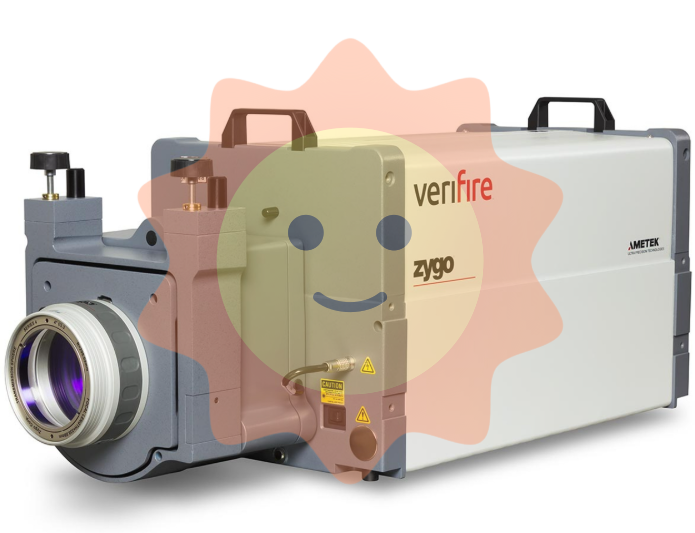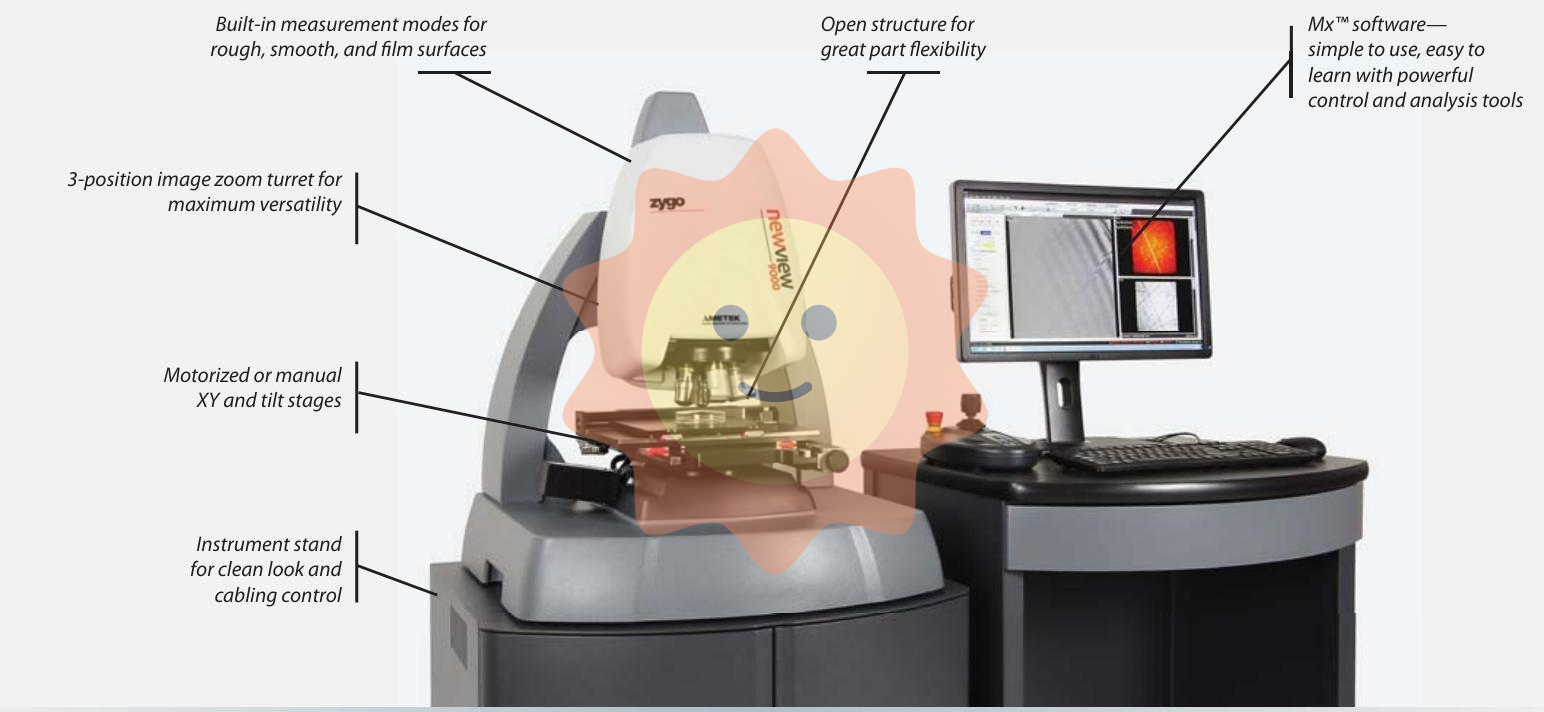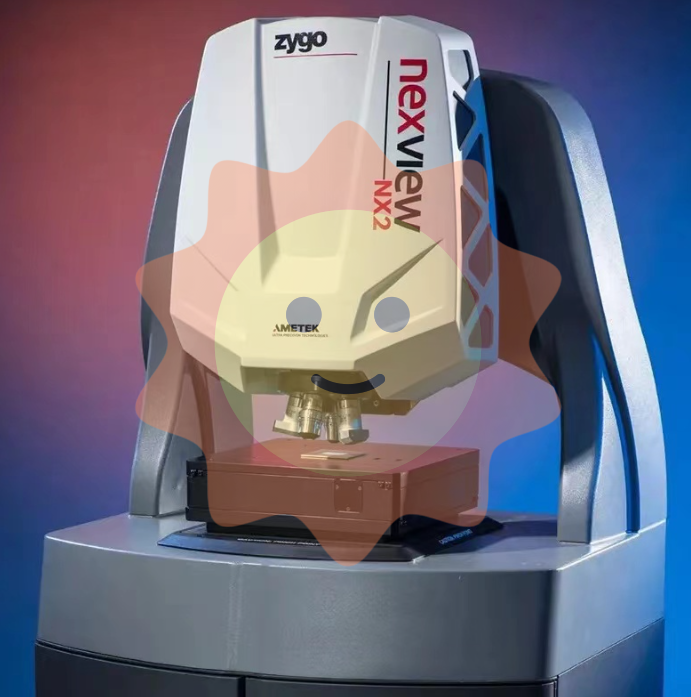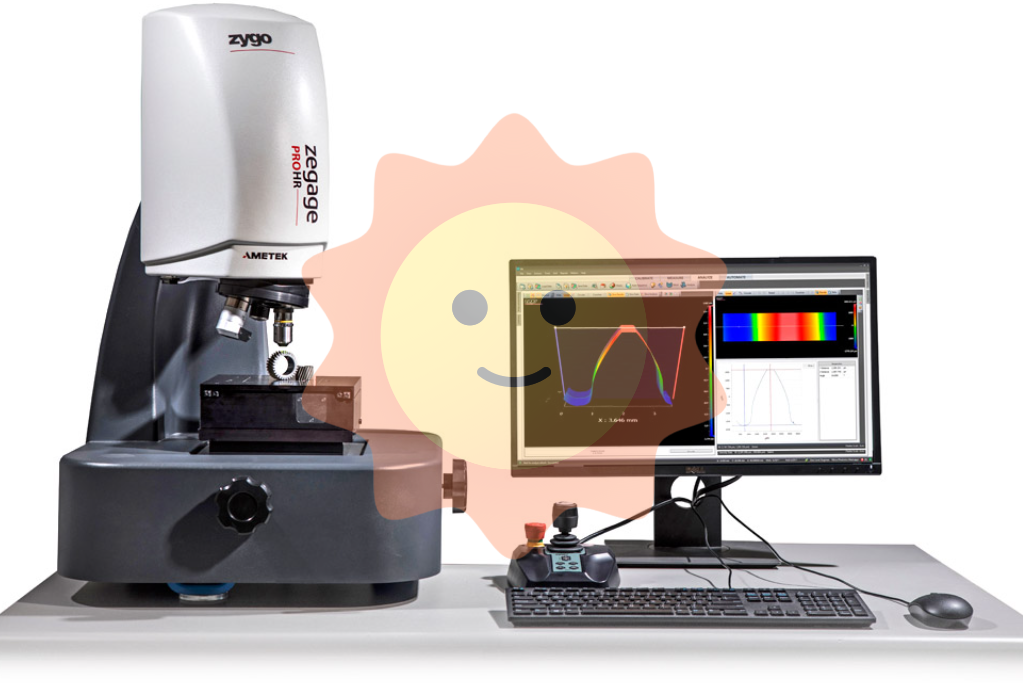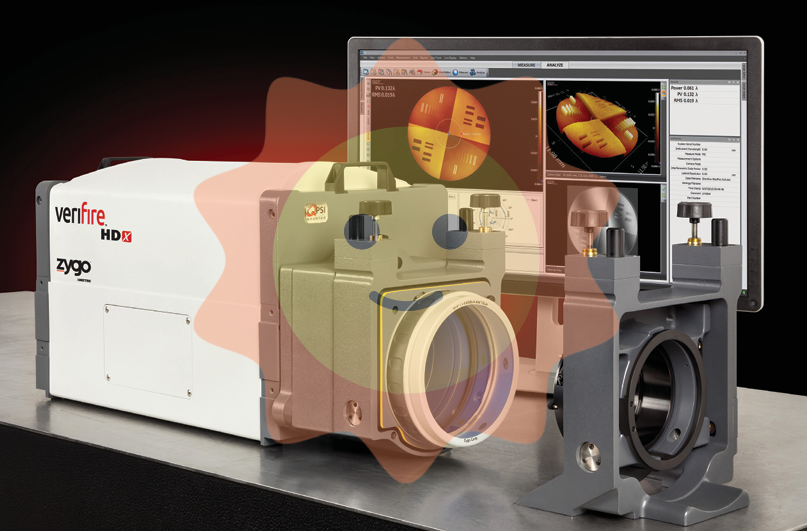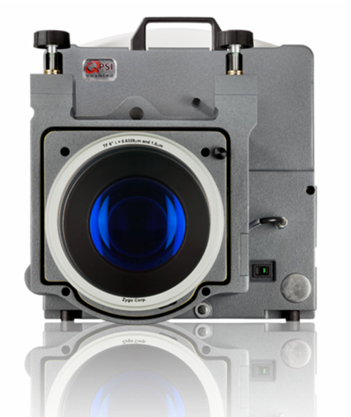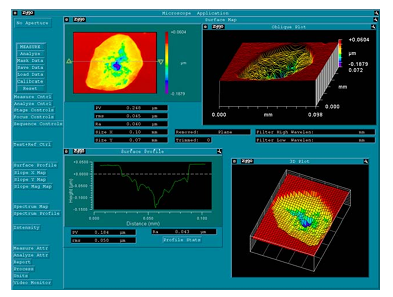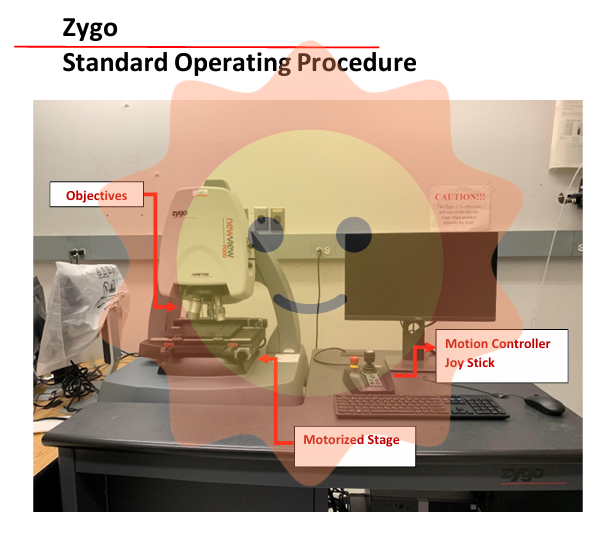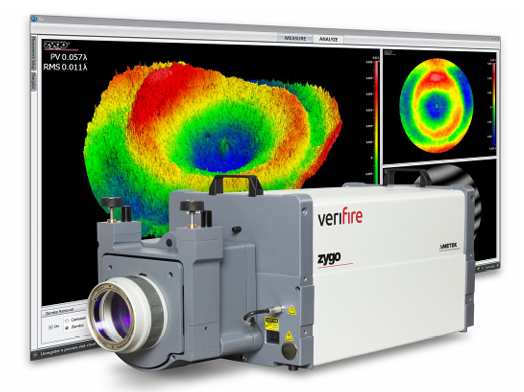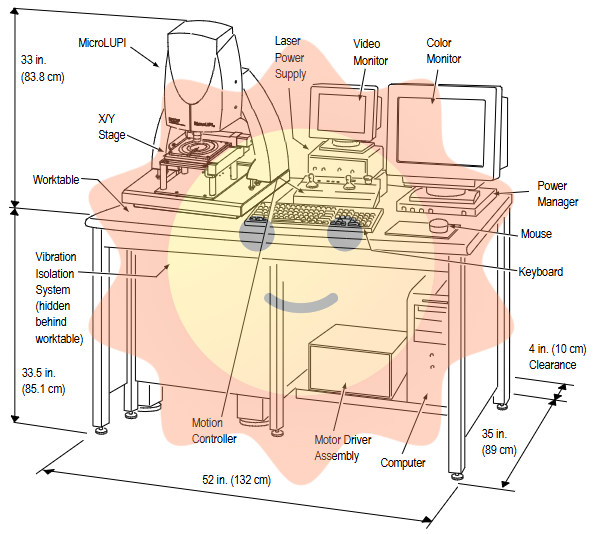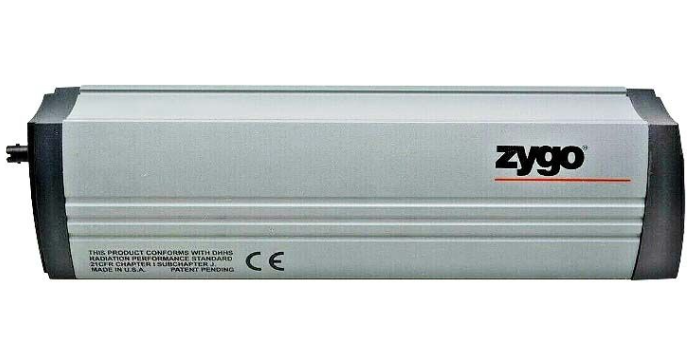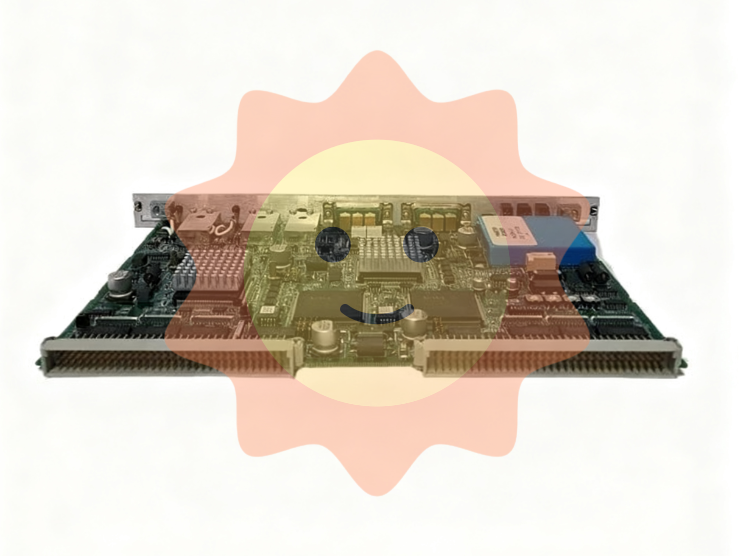ABB DSDP170 (order number 57160001-ADF) is a high-precision pulse counting module designed specifically for signal acquisition and counting needs in the field of industrial automation. Its core function is to accurately capture, count, and process pulse signals generated by on-site equipment. It is widely compatible with ABB Symphony Plus distributed control systems (DCS) and is particularly suitable for industrial scenarios that require real-time monitoring of physical quantities such as flow, speed, and displacement. It is a key component for achieving precise measurement and control in production processes.
ABB DSDP170 57160001-ADF Pulse Counting Module
Product core positioning
ABB DSDP170 (order number 57160001-ADF) is a high-precision pulse counting module designed specifically for signal acquisition and counting needs in the field of industrial automation. Its core function is to accurately capture, count, and process pulse signals generated by on-site equipment. It is widely compatible with ABB Symphony Plus distributed control systems (DCS) and is particularly suitable for industrial scenarios that require real-time monitoring of physical quantities such as flow, speed, and displacement. It is a key component for achieving precise measurement and control in production processes.
Key technical parameters
1. Basic specifications
Model identification
DSDP170 57160001-ADF
The standard order number corresponds uniquely to the model
Dimensions (W × H × D)
100mm×160mm×80mm
Adapt to standard cabinet installation, specific subject to physical object
Weight
About 0.6kg
Including the weight of the shell, it is convenient for module assembly and loading
Protection level
IP20
Only applicable for indoor cabinet installation, dustproof and splash proof
Power supply mode
24V DC ±10%
External independent power supply is required to ensure stable operation
2. Electrical and Counting Characteristics
Input channel: 4-channel differential pulse input, supporting simultaneous acquisition of signals from multiple devices
Counting range: 0-4294967295 (32-bit unsigned integer), suitable for high counting scenarios
Pulse frequency: Supports up to 100kHz input frequency and can accurately capture high-frequency pulse signals
Signal type: compatible with TTL and RS485 differential signals, suitable for different output formats of field devices
Filtering function: Built in 10Hz-1kHz adjustable digital filter, effectively suppressing false counting caused by on-site electromagnetic interference
3. Environmental adaptability
Working temperature: -10 ° C to 60 ° C, suitable for most industrial plant temperature and humidity environments
Storage temperature: -40 ° C to 85 ° C, meeting environmental requirements for long-term inventory and transportation processes
Relative humidity: 5% -95% (no condensation), to avoid circuit faults caused by humid environments
Anti interference: Complies with the IEC 61000-6-2 industrial anti electromagnetic interference standard, and can still count stably in strong electromagnetic environments
Core functions and advantages
1. High precision counting and data processing
The module adopts a 32-bit high-performance microprocessor, combined with hardware counting circuit, to achieve real-time acquisition and calculation of pulse signals, with a counting error rate of less than 0.001%. It can accurately convert physical quantity data such as flow rate and speed (such as calculating liquid flow rate and motor speed through pulse number), providing reliable data support for measurement and control in the production process.
2. Flexible signal adaptation and anti-interference design
Four differential input channels support multiple signal types and can be connected to common pulse output devices such as flow meters, encoders, proximity switches, etc. without the need for additional conversion modules; Built in digital filtering and differential signal receiving circuit can effectively resist interference such as electromagnetic radiation and voltage fluctuations in industrial sites, reduce the risk of false counting, and ensure data accuracy.
3. Convenient integration and maintenance
System compatibility: seamlessly integrated into ABB Symphony Plus DCS, supports direct configuration of parameters (such as counting mode, filtering frequency, alarm threshold) through system configuration software, without the need to write complex programs
Status monitoring: The module is equipped with LED indicator lights on the front, which display real-time power status, channel working status, and fault information, making it easy for on-site personnel to quickly troubleshoot problems
Remote diagnosis: supports remote reading of module working status, counting data, and fault codes through DCS system, reducing on-site maintenance workload and improving operation and maintenance efficiency
4. Safety and redundancy design
Built in overvoltage and overcurrent protection circuits automatically cut off the input channel when the input voltage or current exceeds the rated range, protecting the module and backend equipment from damage; Support for use in conjunction with ABB redundant power systems to ensure that modules quickly switch to backup power in the event of power outages, avoiding data loss and counting interruptions.
Applicable scenarios and industry applications
1. Core application areas
Process industry: In the petrochemical, chemical, food and beverage industries, it is used for pulse signal acquisition of flow meters to achieve accurate measurement of raw materials and finished products (such as counting the flow rate of crude oil transportation and monitoring the filling volume of beverages)
Energy and electricity: In power plants and substations, collect pulse signals of turbine and generator speed, monitor equipment operating speed in real time, and ensure stable operation of the unit
Manufacturing industry: In the automotive and mechanical processing industries, connecting encoders to achieve counting and control of machine tool displacement and production line conveying speed (such as CNC machine tool machining accuracy positioning and assembly line conveying distance measurement)
Water treatment industry: In sewage treatment plants and water treatment plants, quantitative management of the water treatment process is achieved through pulse counting to monitor pump flow and water quality testing equipment sampling times
2. Typical device connections
Pulse output flowmeter (such as electromagnetic flowmeter, vortex flowmeter)
Rotary encoder (incremental, absolute encoder, used for speed and displacement measurement)
Proximity switch, photoelectric switch (used for product counting and equipment positioning on production lines)
Pulse output sensors (such as pressure sensors, temperature sensors with pulse signal output mode)
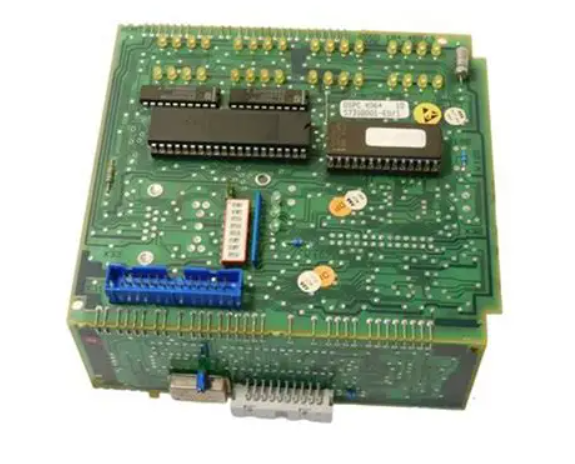
- User name Member Level Quantity Specification Purchase Date
- Satisfaction :
-









Email:wang@kongjiangauto.com

